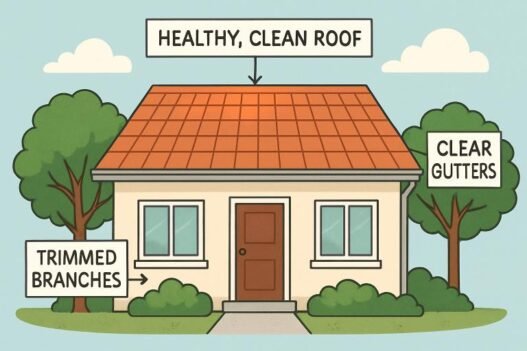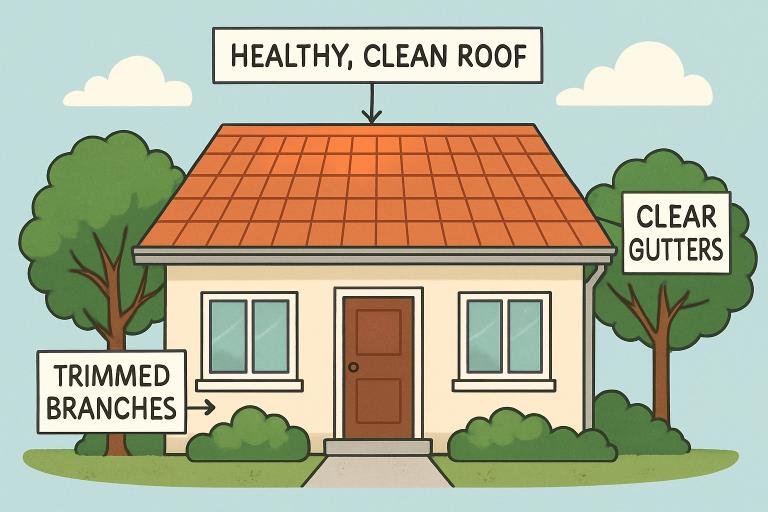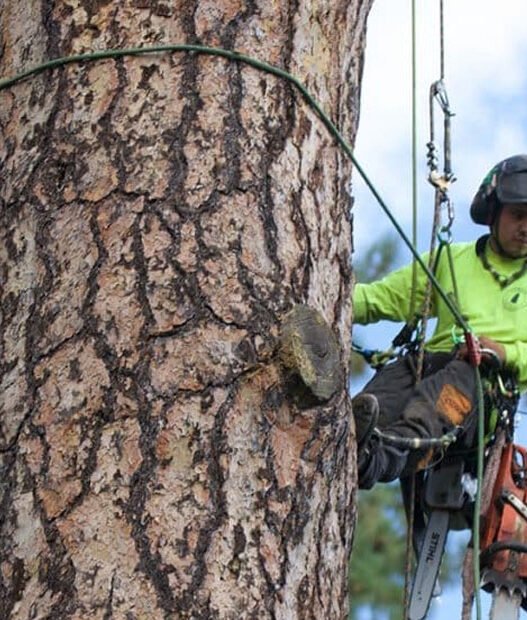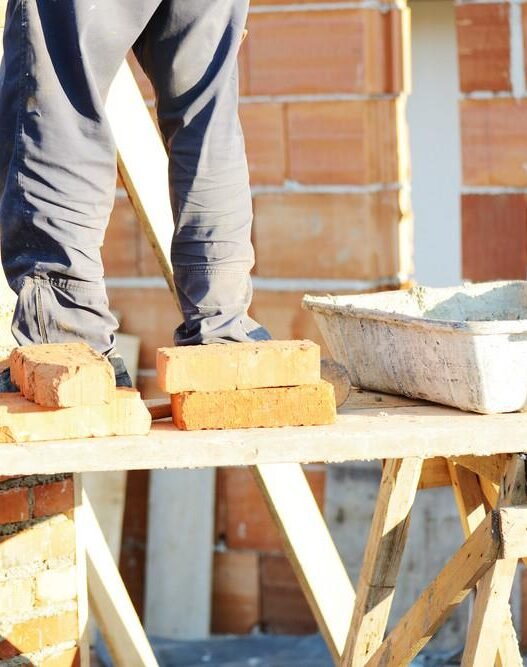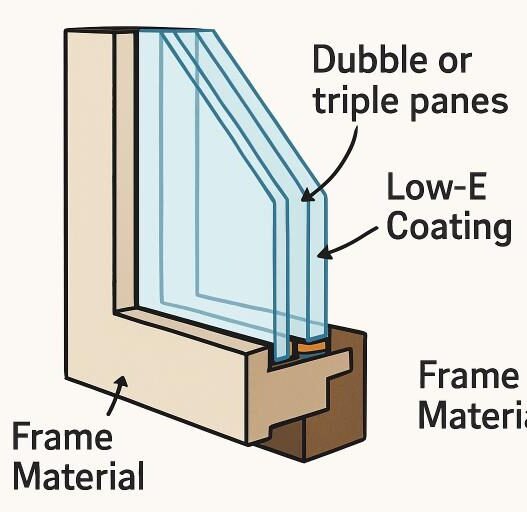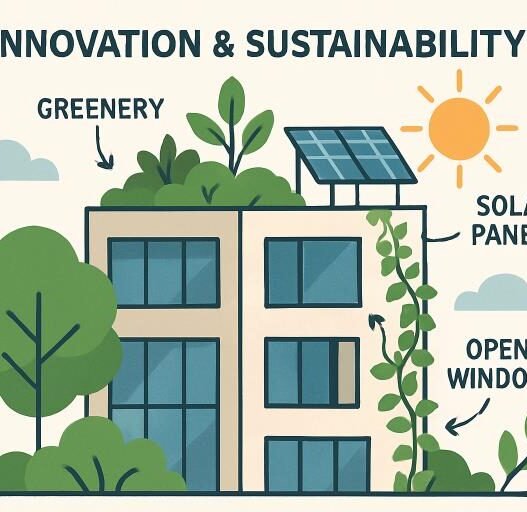Key Takeaways
- Regular roof inspections are essential for catching issues before they escalate.
- Gutter cleaning should be a biannual routine to keep water flowing away from your home.
- Pruning nearby trees prevents damage from falling limbs and debris.
- Tackling moss and algae growth early can save you money and extend your roof’s life.
- Ventilation in the attic is critical for avoiding heat and moisture buildup that can harm the roof.
Maintaining your roof isn’t just about preserving curb appeal—it’s vital for protecting your entire home from costly water damage and structural issues. Regular roof upkeep can prevent small problems from turning into major expenses, and it’s one of the smartest investments you can make as a homeowner. By following simple maintenance steps and occasionally consulting a professional roofing contractor, you’ll ensure your roof stays in excellent condition year-round.
Your roof is your home’s first line of defense against the elements. Ignoring routine maintenance can shorten its lifespan, lead to interior damage, and even affect your home’s energy efficiency. Knowing what to look for, how to clean and care for your roof, and when to call in experts is key to avoiding unpleasant surprises and expensive repairs.
Regular Inspections
Homeowners should inspect their roof in spring and fall, checking shingles for cracks, curling, or missing pieces—early signs of trouble. Use binoculars or walk the roof with safety gear. Focus on flashing around chimneys, skylights, and vents for leaks. Document issues and consult an expert if needed.
Clean Gutters
Gutters are vital but often overlooked. When clogged, they can cause water backup, rot, mold, and foundation damage. Clean gutters twice a year—spring and fall—more if near trees. Installing gutter guards reduces debris and maintenance. Extend downspouts away from the foundation to protect your home.
Trim Overhanging Branches
Trees add natural beauty to your property, but branches that hang over your roof can create serious problems. Overhanging limbs can scrape and damage shingles, while falling leaves increase the risk of clogged gutters and moss growth. Regularly trim back any branches that touch or loom over the roof, ideally leaving six to ten feet of clearance. This reduces the likelihood of abrasions and falling debris and discourages wildlife from accessing your roof, preventing further potential damage.
Address Moss and Algae Growth
Green patches of moss or black algae streaks are more than cosmetic issues. Moss retains moisture, potentially causing shingles to lift and allowing water to penetrate the roof structure. Algae, while less damaging, can shorten the lifespan of certain roofing materials and detract from curb appeal. To prevent moss and algae, ensure your roof receives ample sunlight and keep surrounding foliage trimmed. If moss or algae do appear, treat your roof with specially formulated cleaning agents or use zinc or copper strips at the roof peak, which naturally inhibit growth.
Ensure Proper Attic Ventilation
Moisture and heat can accumulate in an inadequately ventilated attic, leading to mold growth and premature aging of roofing materials. Ensure vents and soffits are clear of insulation or debris and that your attic has both intake and exhaust ventilation. Proper airflow reduces the risk of ice dams in winter and keeps summer temperatures down, improving your home’s energy efficiency and extending your roof’s lifespan.
Replace Damaged Shingles Promptly
Don’t delay replacing shingles that are cracked, missing, or otherwise damaged. Exposed areas allow water to infiltrate and compromise the underlying structure, leading to rot, leaks, and other expensive issues. Prompt repairs, even on minor areas, will prevent further deterioration. If you’re not comfortable making these repairs yourself, hire a certified professional who can ensure the job is done safely and correctly.
Schedule Professional Inspections
Even meticulous homeowners can overlook roof issues. By scheduling an annual inspection with a qualified roofing contractor, any subtle or hidden damage can be found before it escalates. Roofing professionals have the training and tools to conduct a deep assessment, offer maintenance tips, and recommend necessary repairs to keep your roof in optimal shape. Consulting an expert may also be necessary after severe weather events.
Conclusion
Routine roof maintenance is an investment in your home’s future—it protects against unexpected issues and preserves property value. By following these straightforward tips, inspecting your roof regularly, keeping gutters clean, managing nearby trees, and seeking expert advice when needed, your roof will continue to safeguard your family and belongings for years to come. As with any home improvement, proactive care is always less costly than emergency repairs.


